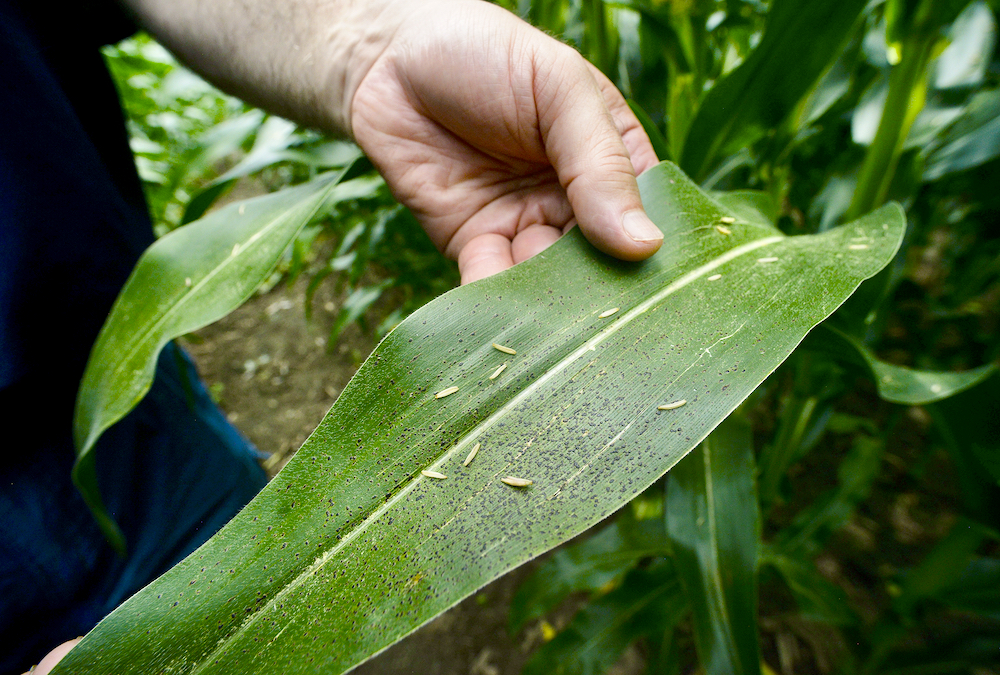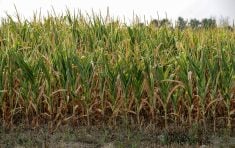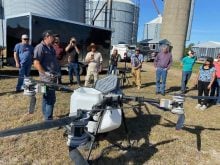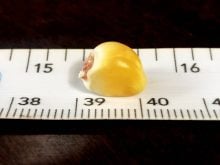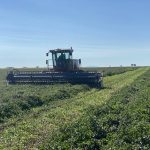Tar spot tolerance is strong in some corn hybrids, according to recent research.
There are no truly immune varieties, however, and as the amount of inoculum in the region grows, weather will remain the dominant factor in the pathogen’s development from year to year.
Why it matters: Tar spot is expected to become endemic in Ontario and could flourish in the warm and humid conditions common to the Great Lakes region. More tolerant hybrids are needed to limit the pathogen’s severity.
Read Also
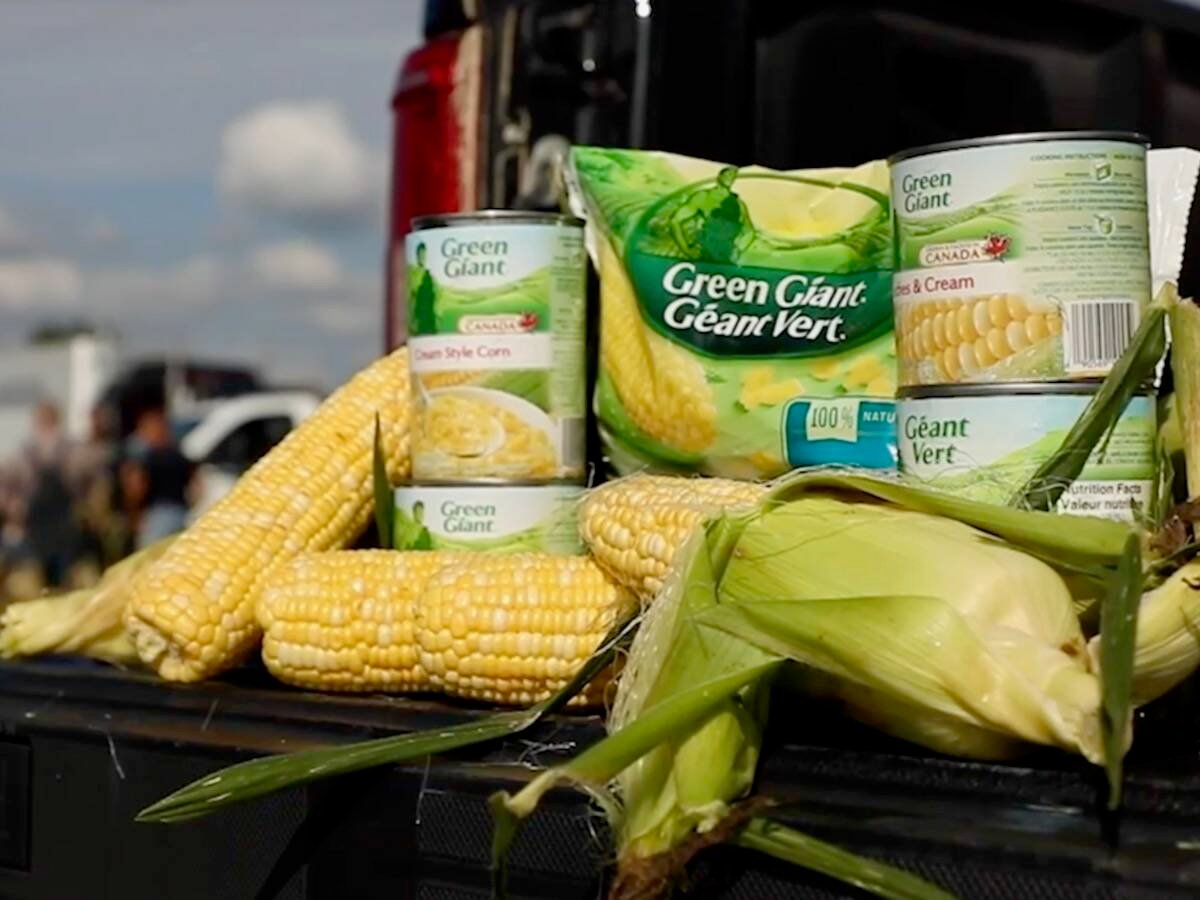
Packer buys Green Giant, Le Sieur veg brands from U.S. owner
A Quebec-based processor’s deal to buy the Green Giant and Le Sieur packaged and frozen vegetable brands in Canada from a U.S. owner clarifies the status of two popular retail brands grown by Canadian farmers.
Southwestern Ontario research plots were analyzed throughout the 2021 growing season, including but not limited to Ontario Corn Performance trials at the University of Guelph’s Ridgetown campus and a 64-hybrid plot in Rodney. Data crunching from the plots is ongoing but researchers have drawn some general conclusions.
No truly resistant hybrids exist in Canada or the United States, says Albert Tenuta, field crop pathologist with the Ontario Ministry of Agriculture, Food and Rural Affairs. However, there are varying levels of varietal tolerance across all companies and platforms.
Tenuta’s research so far indicates 75 per cent of most hybrids can be considered susceptible, while 25 per cent are tolerant “with variability.”
“More disease earlier means more impact for all hybrids. The level of tolerance decreases as you have more disease,” he says, noting 2021 brought surprises in the widespread nature of infection rather than its severity. Tar spot was reported from the counties of Essex and Grey-Bruce to the Guelph and Niagara regions.
Tenuta says he thinks the general lack of tolerance across hybrids is partly a result of prioritization in breeding programs.
DON, for example, is a significant local challenge for Ontario growers and much effort is invested in finding solutions. Tar spot spread to the region slowly by comparison, likely based on the assumption that it was unlikely to become significant as quickly as it did.
Perfect conditions for inoculum to spread and overwinter in 2018 accelerated the issue.
“Don’t think of it so much as a field-by-field risk. It’s more of a regional risk,” says Tenuta. “We will have hot spots where the right conditions make for outbreaks. Tar spot will become endemic. It’s just developing and building up more inoculant, though spores and inoculant will not be the limiting factor.”
Weather is the main determinant of tar spot infections. Persistent rain events and high humidity offer optimal conditions for its development. Tenuta says this puts Ontario growers in a unique situation given the comparatively humid conditions typical of the Great Lakes region.
“Anything above 75 per cent relative humidity for six, seven, eight hours – that drives this disease… You could see differences almost on a daily basis.”
Research trial conclusions
“Sixty-four hybrids were screened this year in Rodney where tar spot was evident last fall,” says Marty Vermey, senior agronomist with Grain Farmers of Ontario. “I have asked that Ontario Corn Committee trials also be inspected and rated for hybrids and have received indications that tar spot had infected the committee location pretty generally.”
In Rodney, tar spot infections started on July 2. Varietal differences in the infection level on hybrids, as well as the rate of plant death, were noted. Vermey says there were no entirely resistant varieties.
“With the right weather conditions and heavy spore load with the disease now present and over wintering in Ontario, hybrids will be infected. Keeping disease at bay in the corn field will take an active approach from corn growers,” he says.
“Select tolerant hybrids, scout fields and apply a fungicide that controls tar spot when disease is present. The use of the tar spot app helps growers identify the risk level because it takes into account the weather conditions, and rates risk level based on the forecast.”


